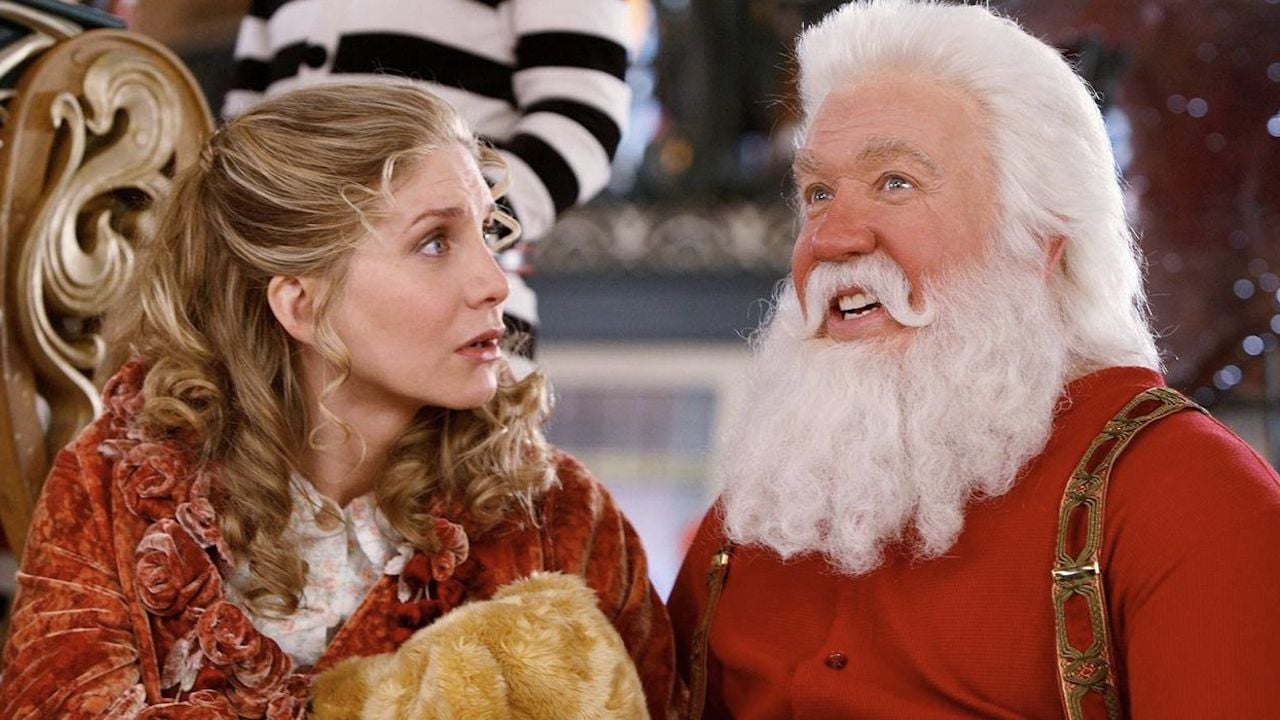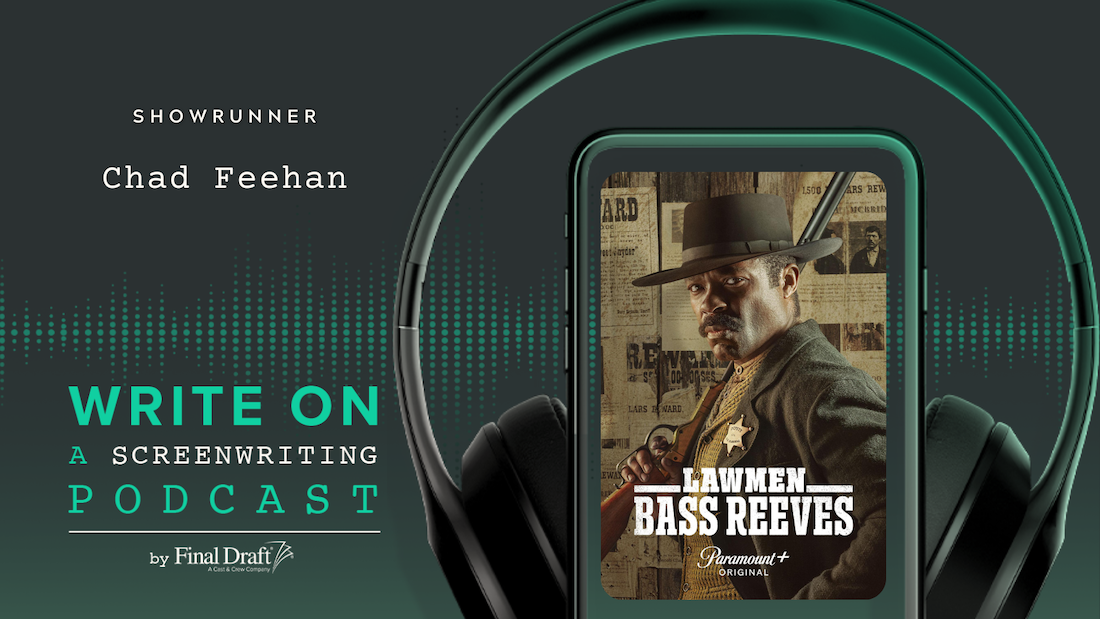Five Lessons Writers Can Learn From "Ray Donovan"
November 9, 2017
For five seasons, Ray Donovan has been one of the highest rated series on Showtime. Created by Ann Biderman, a screenwriter whose credits include Copycat (1995), Primal Fear (1996), and Public Enemies (2009), Ray Donovan is a crime-drama series focused on a Hollywood “fixer” who makes the problems of the rich and famous disappear, usually through criminal means. Here are five lessons writers can learn from Ray Donovan.
1. Make your protagonist a fish out of water.There are many movies and TV shows about criminals and gangsters, but what makes Ray Donovan unique is that the main protagonist is operating within a world very different from the one he is used to. Ray Donovan (Liev Shreiber) is a hardened Boston gangster thrown into the glitzy world of Hollywood. He’s used to dealing with thugs and criminals, not hysterical young actresses and brash studio heads. By putting your protagonist in a world that is vastly different from the one they are used to, you create opportunities for greater conflict, the driving engine of every story.
2. Choose a big world to explore.
Hollywood is a world full of strong emotions and desires, where the stakes are high and everyone is grappling for power. By setting the series in Hollywood, Ray has the opportunity to interact with an array of different characters, each with their own personal agenda. By setting your story in a big world, you have a large canvas to draw from that is full of narrative possibilities.
3. Put your hero at odds with the world.
Ray Donovan is a lone-wolf character. There are very few people he can trust, and keeping secrets is part of his business. Because Ray isn’t forthcoming with information, even with his own family, the audience is often left guessing as to what his next move will be, which creates excitement and tension. Like Raymond Chandler’s lone-wolf detective Philip Marlow, Ray will learn that he has to reach out to people to accomplish his goals, and can’t remain cut off from the world forever. Making your protagonist someone who is at odds with the world gives them an arc where they will be forced to come out of their shell.
4. Make your supporting characters colorful.
Viewers tune into Ray Donovan just as much for the supporting characters as they do for Ray himself. Each one of Ray’s family members is bold, unique and headstrong in their own way, and in many ways match Ray’s strength. The entire first season was propelled by Ray’s relationship with his father Mickey (Jon Voight), a character so ruthless and toxic he gives our lone-wolf hero a run for his money. Having an interesting main protagonist isn’t enough; viewers need to be just as engaged by your supporting characters.
5. Use children to expose the inadequacies of your adult characters.
A popular narrative trope is to give adult protagonists children who act as a moral compass or barometer for the adult’s behavior. If you want to expose the inadequacies of your adult protagonists, give them children who can comment on and be affected by their behavior. Ray Donovan’s teenage children struggle with who their father is, and through this struggle demand that he become a better person. Children are also known to be more truthful and less secretive than adults, and can voice what needs to be said in a way that your adult characters may be reluctant to.
Written by: Final Draft




